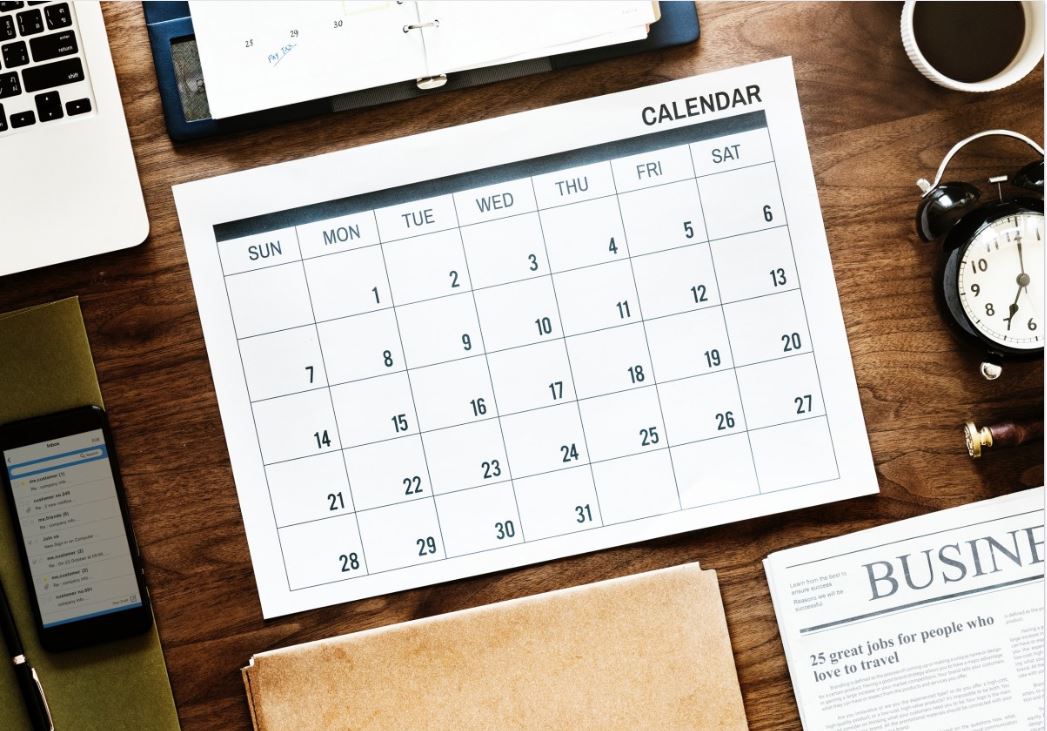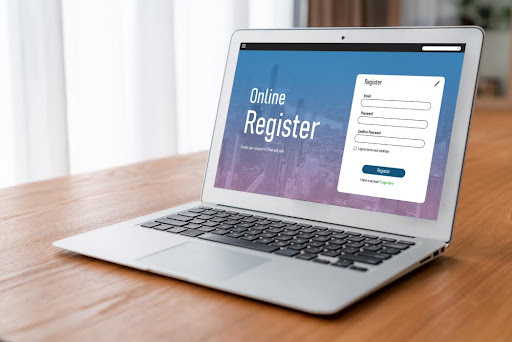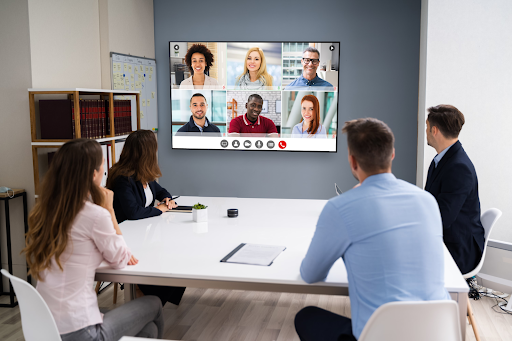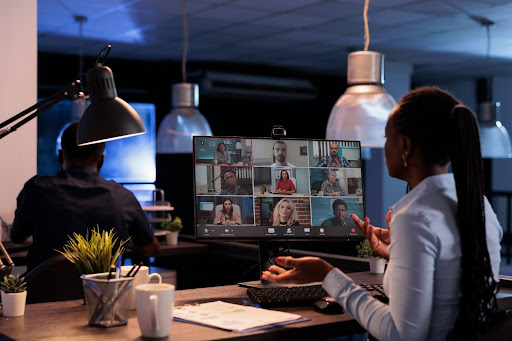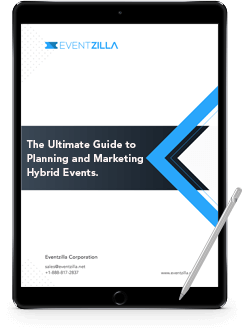New research on personalization trends reports that 98% of B2B marketers believe personalization can advance customer relationships and 74% believe it should be a bigger priority in their business. Events are an optimal time to engage in personalization practices since interactions are face-to-face and can be further curated based on each two-way interaction.
Conferences are an interesting challenge for personalization. Your agenda may be crammed full of research paper presentations and panel discussions, all not very conducive to iteration. But even with a content-heavy agenda, it can be done. It comes down to something very simple. On event day, you need to offer your audience as many choices as possible.
Gather feedback
First and foremost, you need to know what choices are important to your guests. Don’t guess, ask! Add a couple of very specific questions to your registration form such as:
- What topics are you most excited to learn about at the conference?
- What is the most important thing you’d like to take away from this conference?
Then, every time you send a reminder or update email to your registrants, ask another two questions, drilling down to more specific information every time. Examples could be:
- Are you interested in learning more about digital marketing trends or traditional marketing trends?
- Would you prefer to participate in a roundtable discussion or hear a panel discuss an important topic?
If you feel like you need even more information, send a dedicated survey out to both past and current attendees. Hopefully, you will receive valid and actionable information that can help you craft an agenda that will appeal to most of your guests.
It’s important to continue to gather feedback during your event as well. Ask attendees how they feel about each activity, the venue, the location, the meals and more. There is no such thing as too much feedback!
Set Up Activity Tracks
The easiest way to provide choice at a conference is by setting up different agenda tracks. These tracks could be based on content, demographic information such as title or industry, or type of activity. By offering tracks, guests can easily see which sessions appeal to them. They will receive a curated experience that offers them the time and opportunity to take a deeper dive into elements that are important to them with people who want the same experience. Of course, you should also provide the opportunity to choose activities from multiple tracks. The goal is to offer a personalized experience.
Interactive Sessions
Brainstorm how you can make each session more interactive. When attendees actively participate in a session, they feel more engaged and connected. Using a live polling tool in order to gather feedback from an audience on a topic or to ask a survey question is an excellent example of building interaction into a session. Good session facilitators will use this feedback to tailor the session to the audience’s needs. Another interactive idea is using the concept of small round table discussions instead of the traditional presentation or panel discussions. This gives everyone in the room the chance to share knowledge and ideas of a certain topic. There is also an opportunity to connect during the Q&A portion of any session. Make sure to build in plenty of time and make the conversation two-way by asking the audience to help answer questions. Encourage conversation! Interaction is critical to personalization.
Networking Activities
Typically, if conferences offer a networking activity, it is in the usual cocktail hour format. But there are so many ways to plan a networking activity. Not every format will appeal to every attendee. So, why not plan several networking activities either at the same time or scattered throughout the day? For example, plan a speed networking event, an icebreaker scavenger hunt, a targeted topic roundtable AND a traditional cocktail hour. Guests can choose to attend one or more of these events and meet colleagues who prefer to interact in a similar way. That’s a win-win for everyone.
Attendee App
A mobile event app can create memorable experiences. The Eventzilla app allows attendees to access event details, location maps, schedule, sponsors, speakers, attendee lists and participate in event-related activities. They can plan their event experience with customized schedules and reminder alerts. They also have the choice to join private event communities in order to network with other guests. A mobile app is an excellent way to engage with your audience throughout the event by sending push-notifications with updates, asking for feedback, and interacting with them via discussion boards. All of these actions will help you provide a highly curated experience for each guest.
As technology evolves and we continue to live in this fast-paced, real-time world, the trend of personalization is only going to increase in importance. Start thinking now about how you can offer more choices to your conference attendees on the event day. If you are interested in a mobile event app, contact us today.

